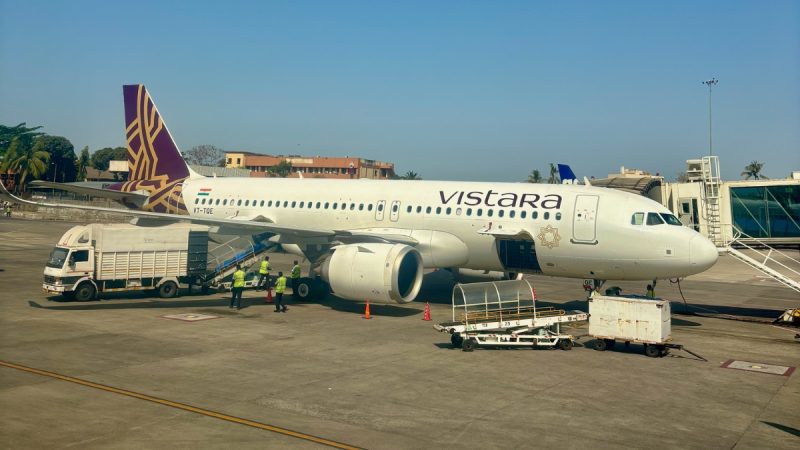Due to extremely poor visibility at Guru Ram Das Ji International Airport, three flights that were scheduled to arrive in Amritsar had to be rerouted to Chandigarh. Among these, two were domestic flights, while the third was flying from Dubai. The diversion was primarily attributed to an alarming Air Quality Index (AQI) of 336 reported in Amritsar, signalling significant air pollution that contributed to the deteriorating visibility conditions.
Three Flights Diverted From Amritsar Amid Pollution Spike
The situation at the airport was critical, with visibility dropping to just 550 meters early in the morning. It prompted immediate action from airport authorities. As per the Indian Express reports, the Acting Airport Director, Sandeep Agarwal, mentioned that it could stem from a combination of factors, including weather patterns and pollution. “It’s not that all flights are diverted. Every airline has its own set of instructions and training for the pilots,” Agarwal explained.
To notify passengers of the situation, Vistara Airlines posted on X (formerly Twitter) to explain that flight UK695 from Mumbai to Amritsar had been diverted. The airline emphasised that the diversion was caused by unfavourable weather conditions. The flight was subsequently able to depart from Chandigarh at 10:50 am, arriving in Amritsar at 11:25 am. Similarly, a flight from Hyderabad was also redirected to Chandigarh, showcasing the widespread impact of the visibility issues.
Also Read: Delhi AQI Surges To Hazardous 507 Just Days After Diwali, Exceeding WHO Limits By Over 65 Times
Pollution Caused Low Visibility
SpiceJet also reported a diversion of flight SG 56 from Dubai, reinforcing the challenges airlines faced amid deteriorating weather conditions in Amritsar, Indian Express reported. These incidents highlight the growing concern over operational disruptions caused by environmental factors.
The situation in Amritsar is not an isolated case but rather part of a broader issue concerning air quality in the region. According to the Punjab Pollution Control Board’s Executive Engineer, the air quality had been comparatively normal before the Diwali celebrations, but it drastically deteriorated afterwards, Indian Express reported. Agricultural stubble burning, post-Diwali firecracker use, and the weather all played a part in the decrease in visibility.
The recent events emphasise the importance of continuous monitoring and the need for effective pollution control measures, especially in urban areas experiencing rapid population growth and industrialisation.
Cover Image Courtesy: Wikimedia Commons

